
Halloween is just around the corner, and even with less scheduled events, there is no reason to miss out on the Spooky Side of the Smokies. Fall in the Smokies is gorgeous, and even though this year will look very different from previous years, we have put together a list of some pandemic friendly activities for all ages.
Maple Lane Maze
Since its opening in 1999, this corn maze has become an annual Blount County tradition. With inflatables, slides, hayrides, and pumpkins, there is something for the whole family. Older kids and adults can get into the Halloween spirit in the haunted corn maze, which begins on select nights after 7 p.m.
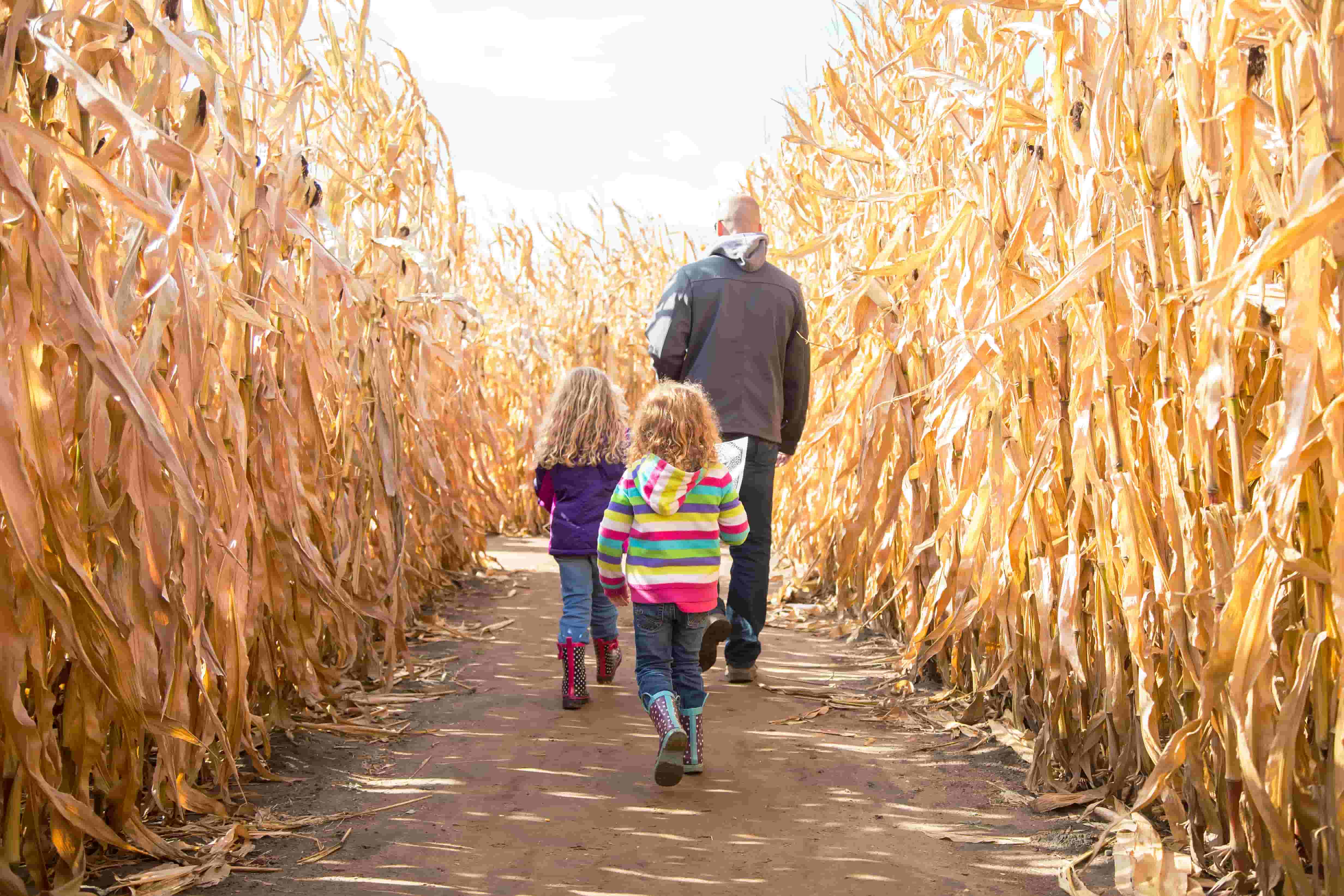
Parkway Drive-In
Watch a scary movie on the big screen while social distancing at the Knoxville Horror Fest, held at the Parkway Drive-In in Maryville on October 23 -25. The event will include horror classics, such as Demons and Return of the Living Dead.
A.M.S. Haunted Attractions
For those who enjoy a good scare, A.M.S. Haunted is a haunted house located near Lamar Alexander Parkway. Open from 7 p.m. – 11 p.m.; there are indoor and outdoor haunts. This event is free, but they accept canned food donations and are also hosting a Trunk-r-Treat event on October 31, beginning at noon.
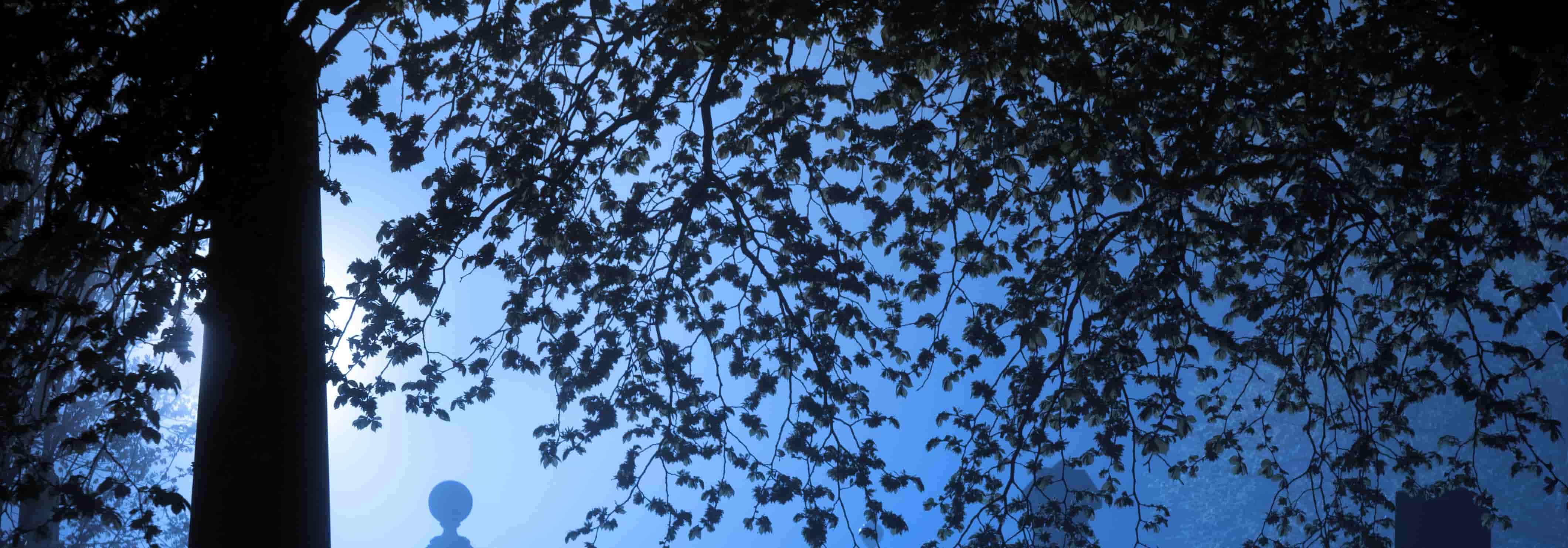
Visit Haunted Cades Cove
Although specific ghost stories are few, plenty of visitors have reported paranormal activity. Enjoy local graveyards or try to catch a photo of an orb; we’ve even had a report of a woman’s face coming out of an old church wall. You can also learn about the legend of Mavis Estep in The Cussing Cover, and many other eerie activities visitors encounter after dusk in Cades Cove.
Spooktacular Extravaganza Drive-Thru
This free Halloween event on Friday, October 30, from 5 p.m. to 8 p.m. at the Foothills Mall allows children to trick-or-treat from the comfort of their car. Attendees can compete in an online costume contest, decorated car contest, or even a Howl-O-Ween costume contest for dogs at Pet Supplies Plus.

Visitors and event attendees are encouraged to stay up-to-date on Covid-19 guidelines on the C.D.C. website at cdc.gov/coronavirus. Come enjoy this amazing fall weather and experience the Spooky Side of the Smokies.












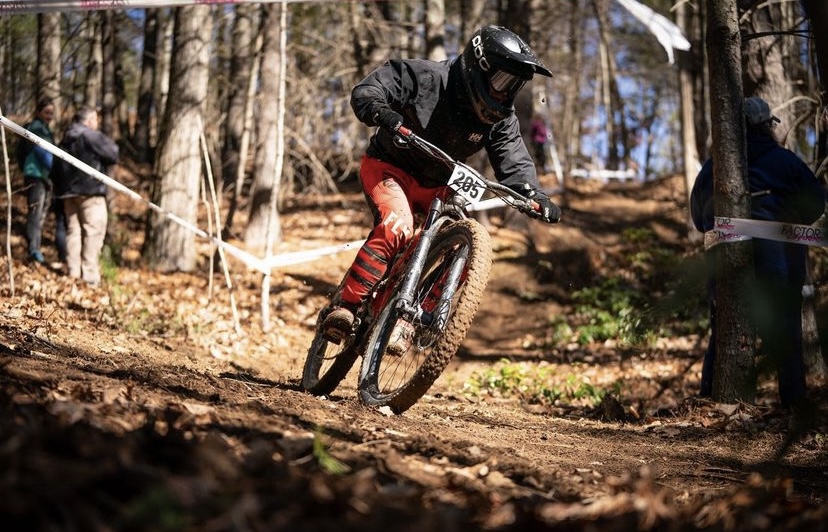

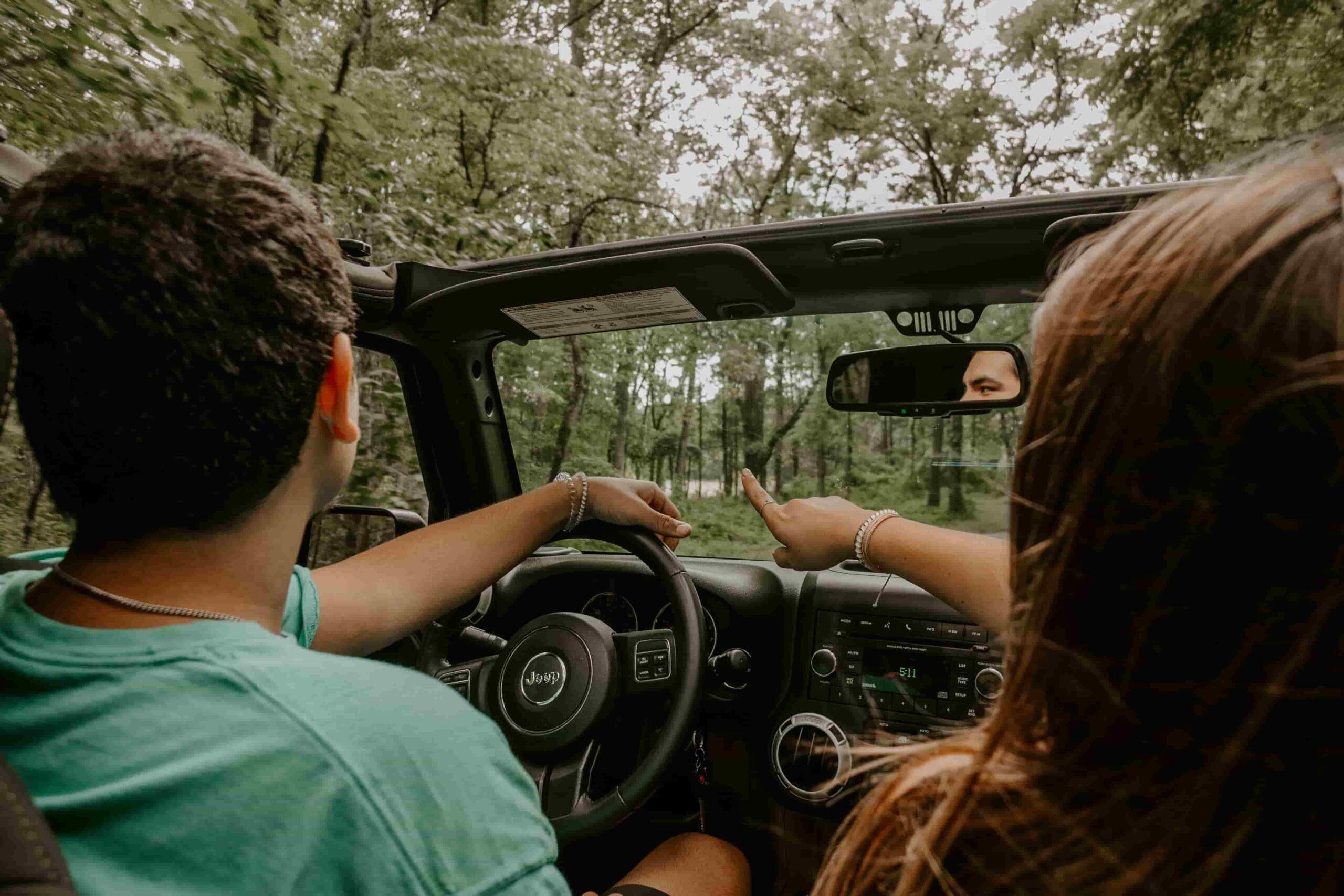


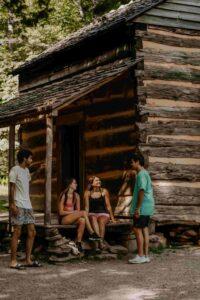
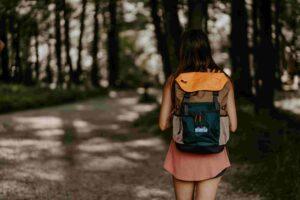







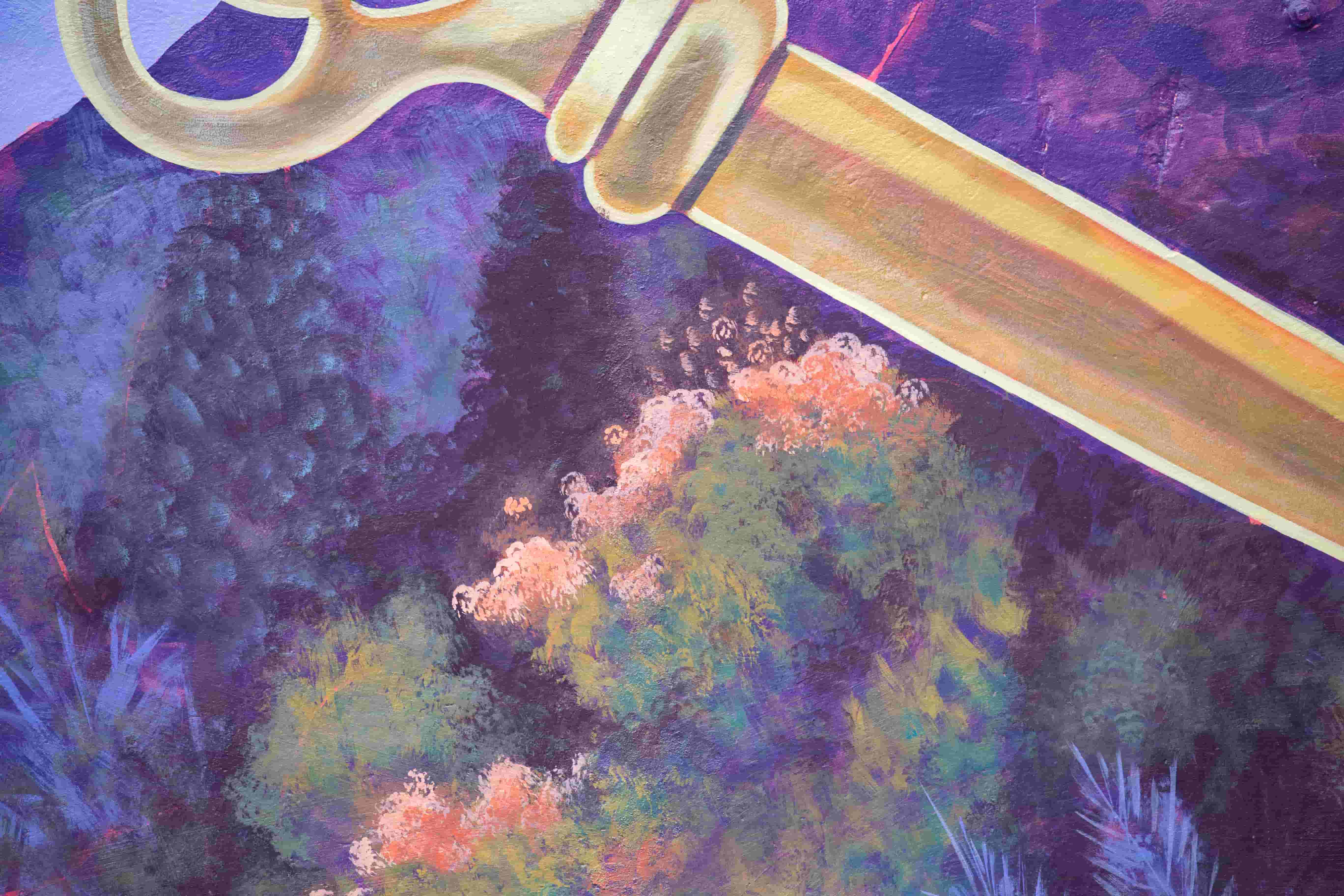



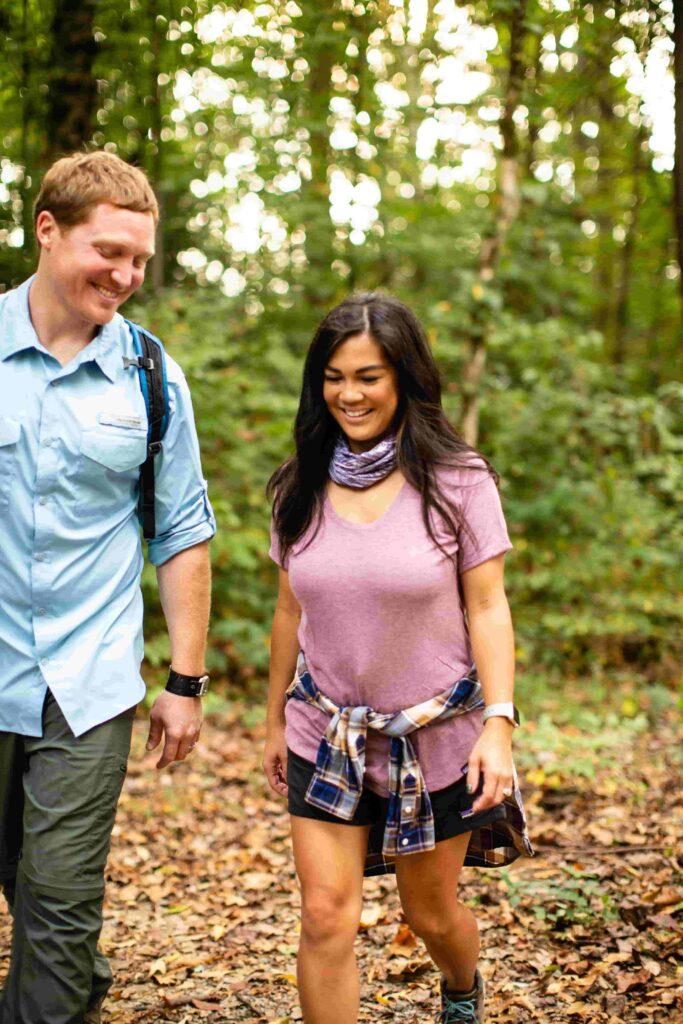
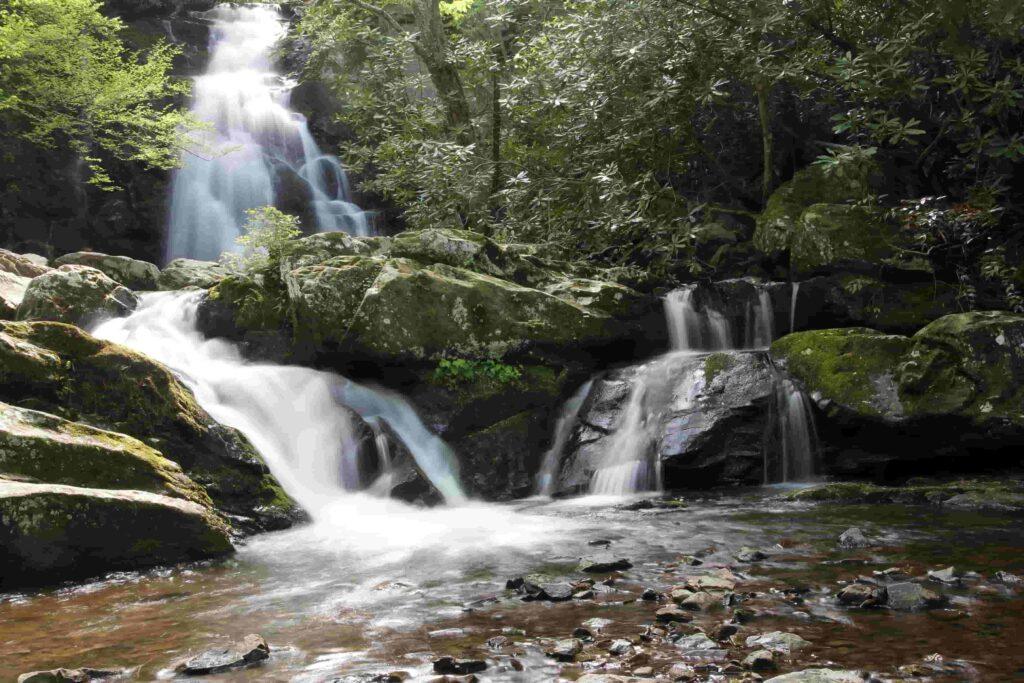
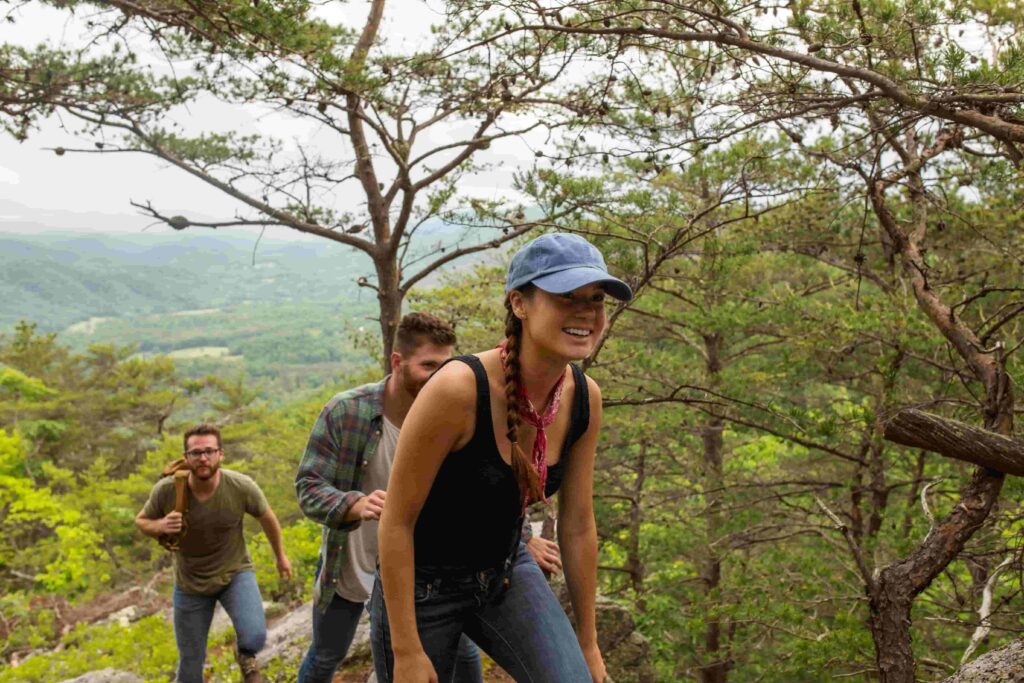
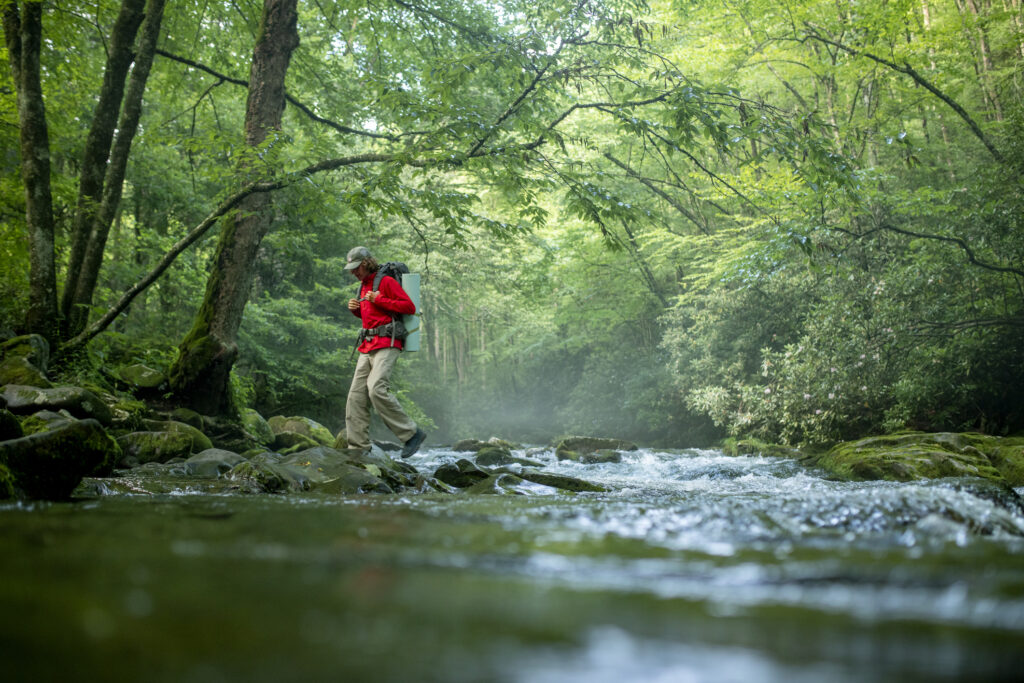
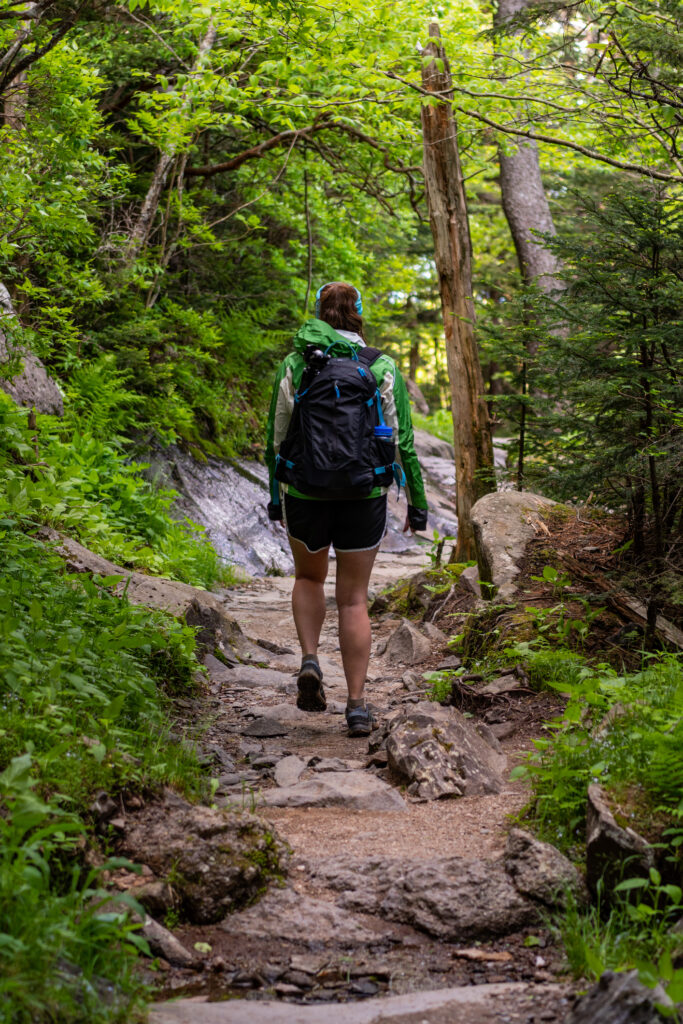
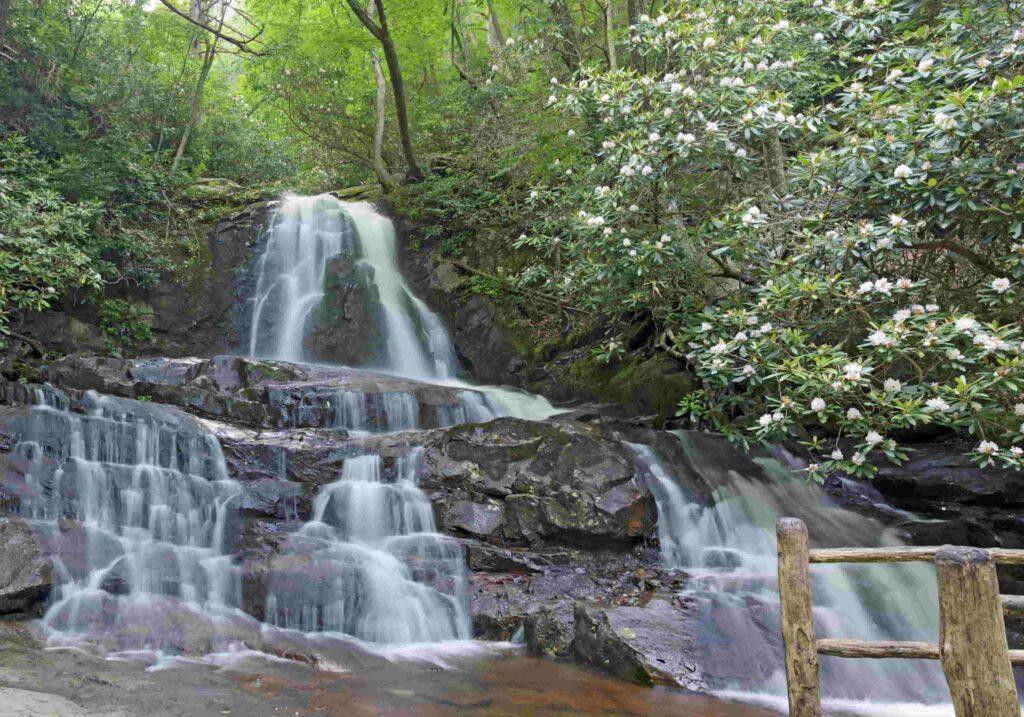

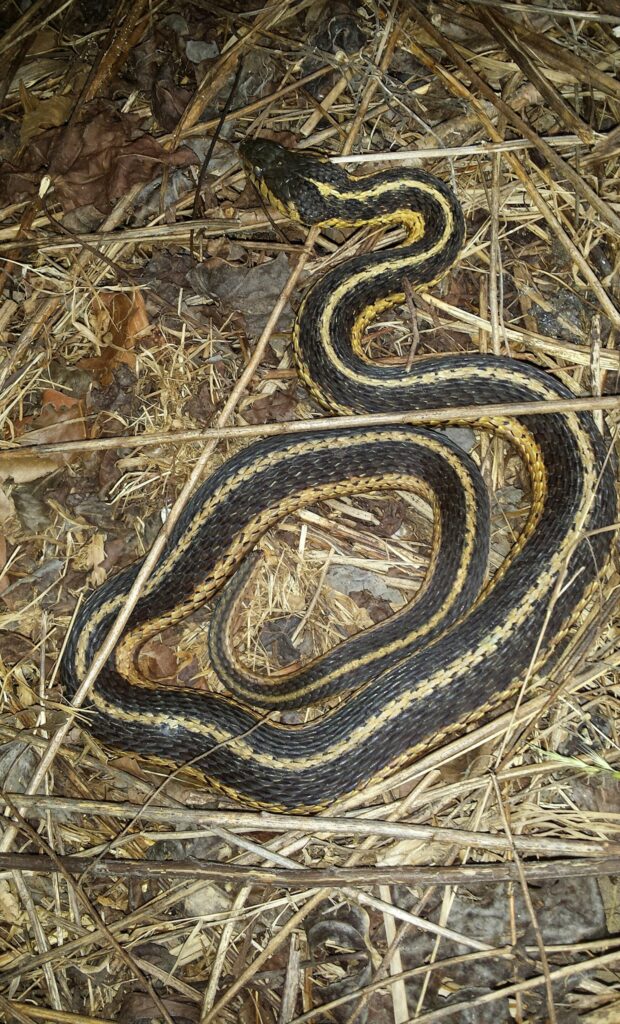
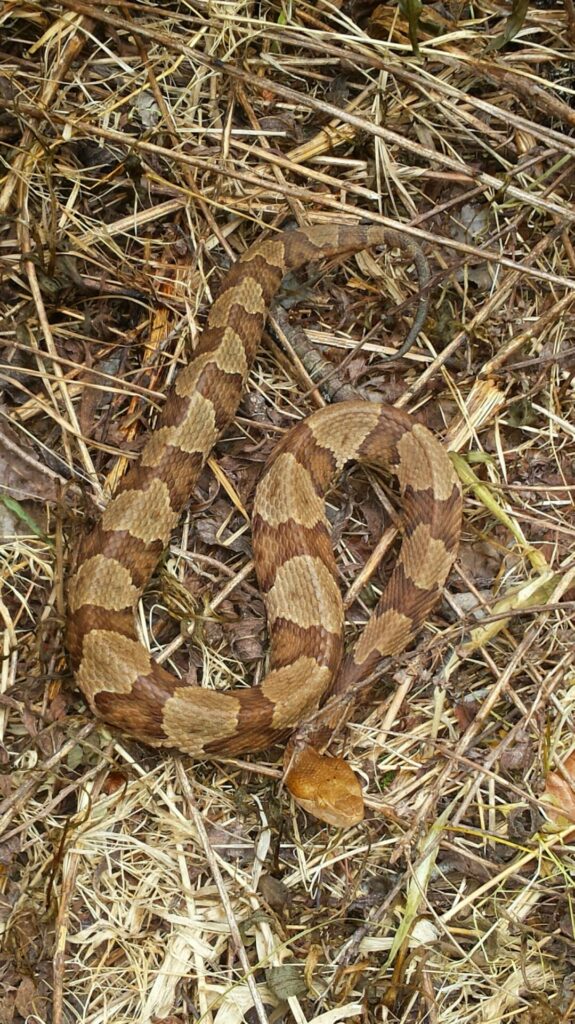
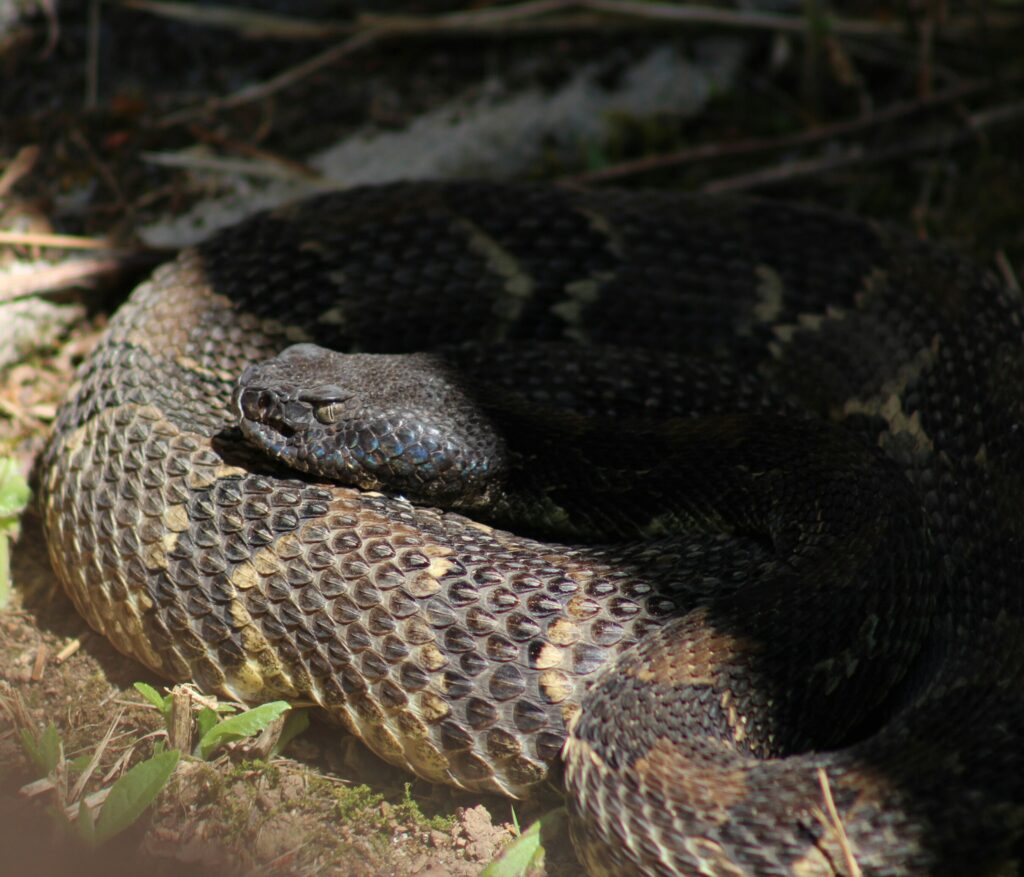
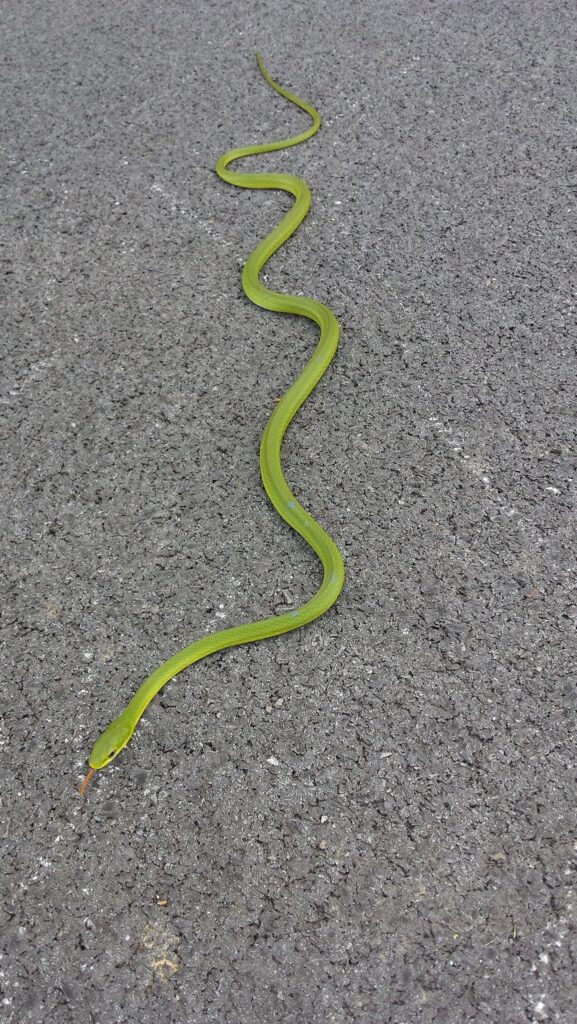

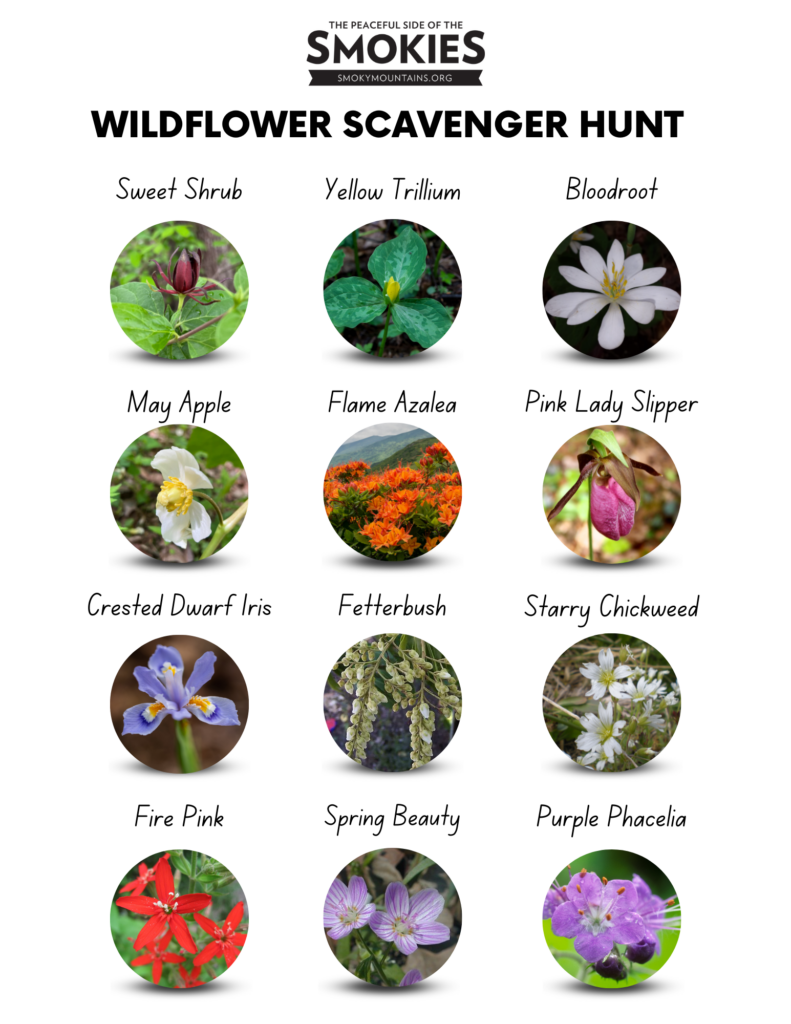


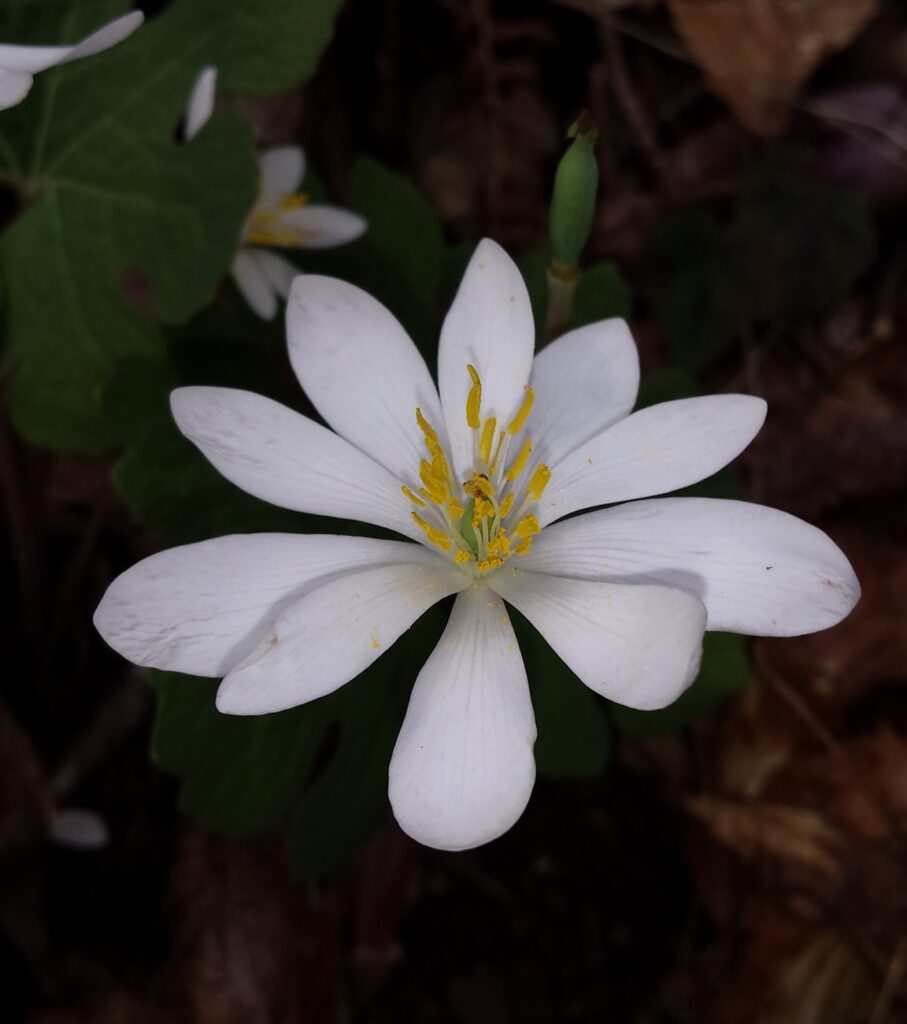










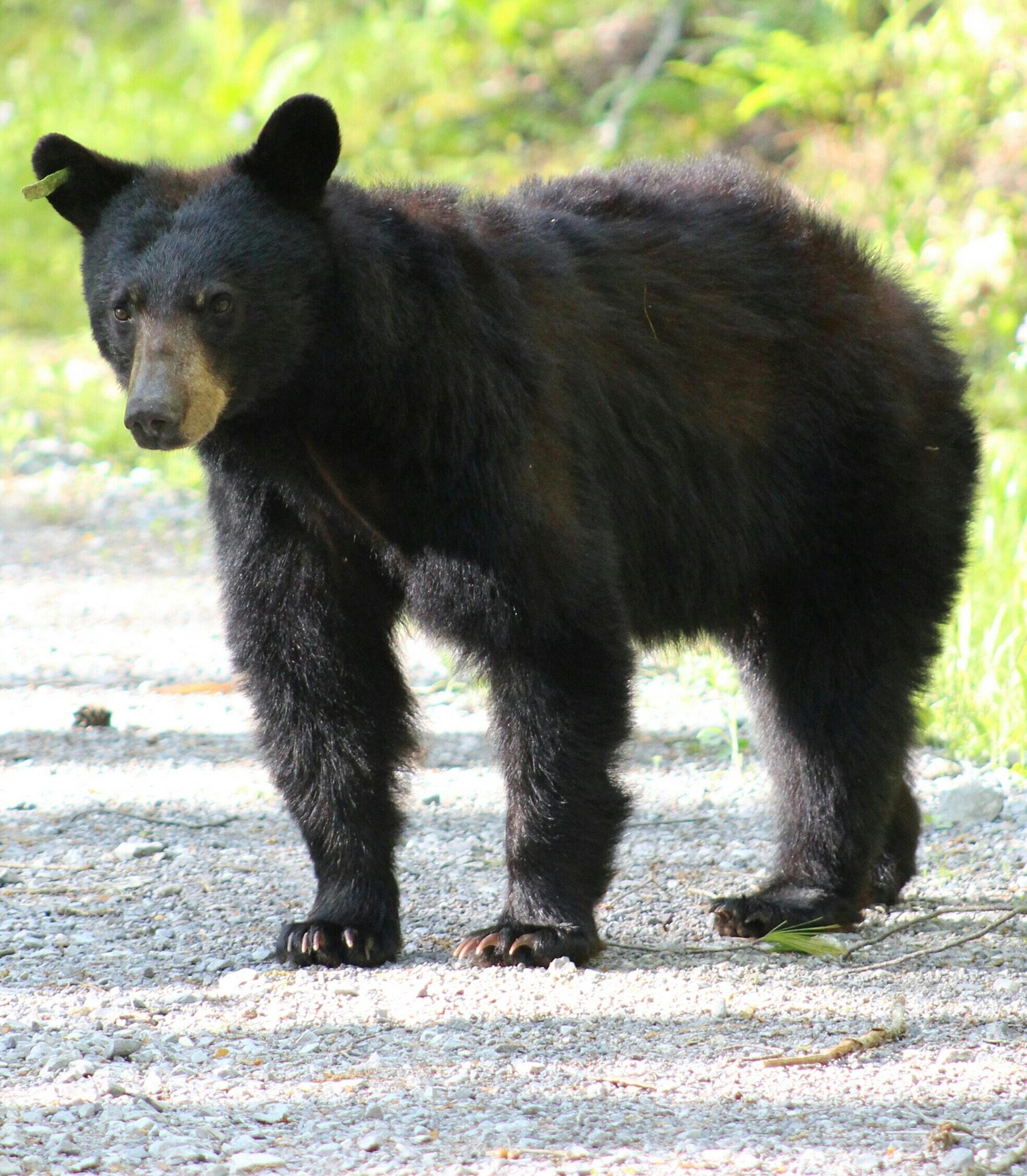
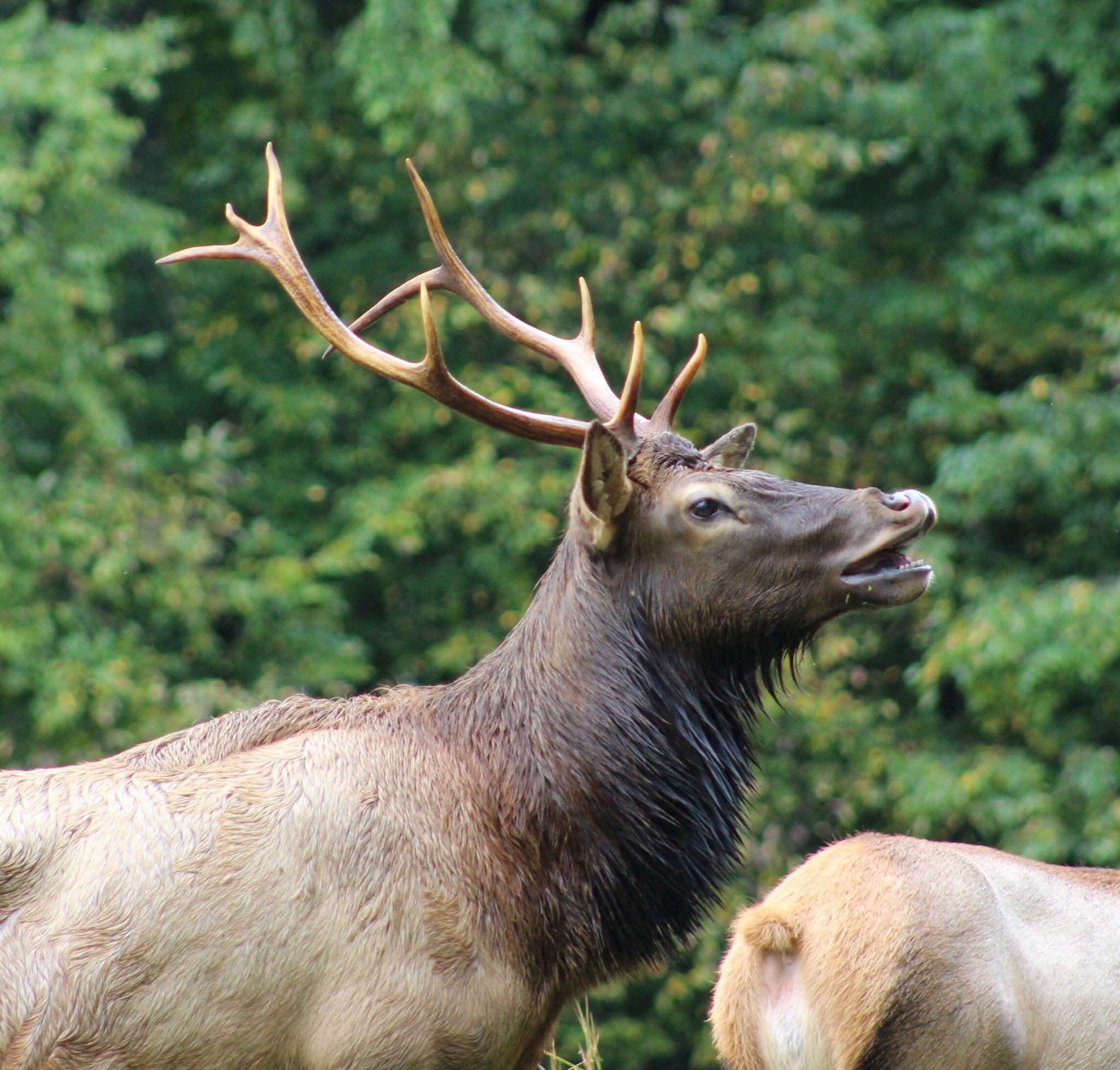
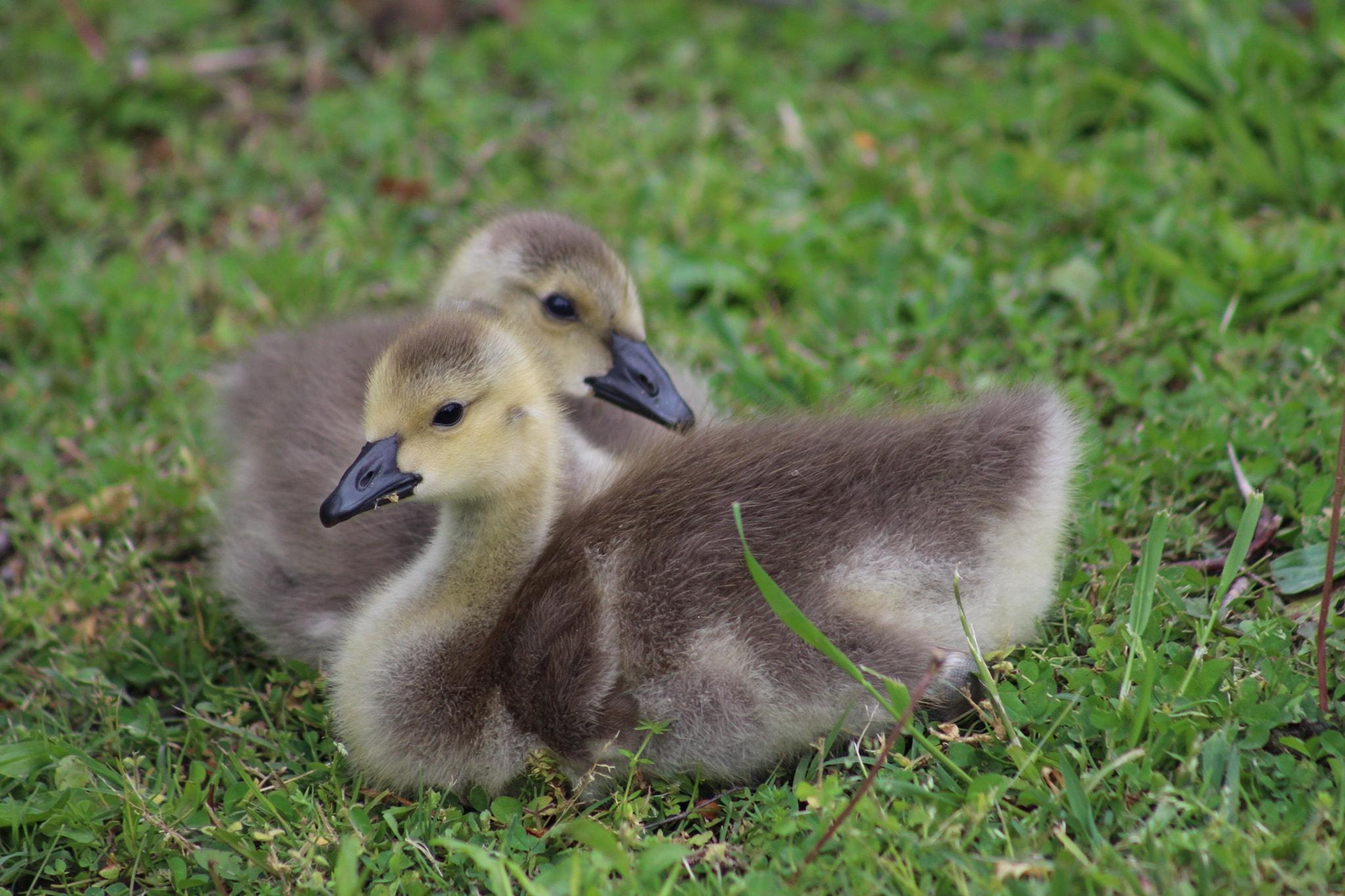
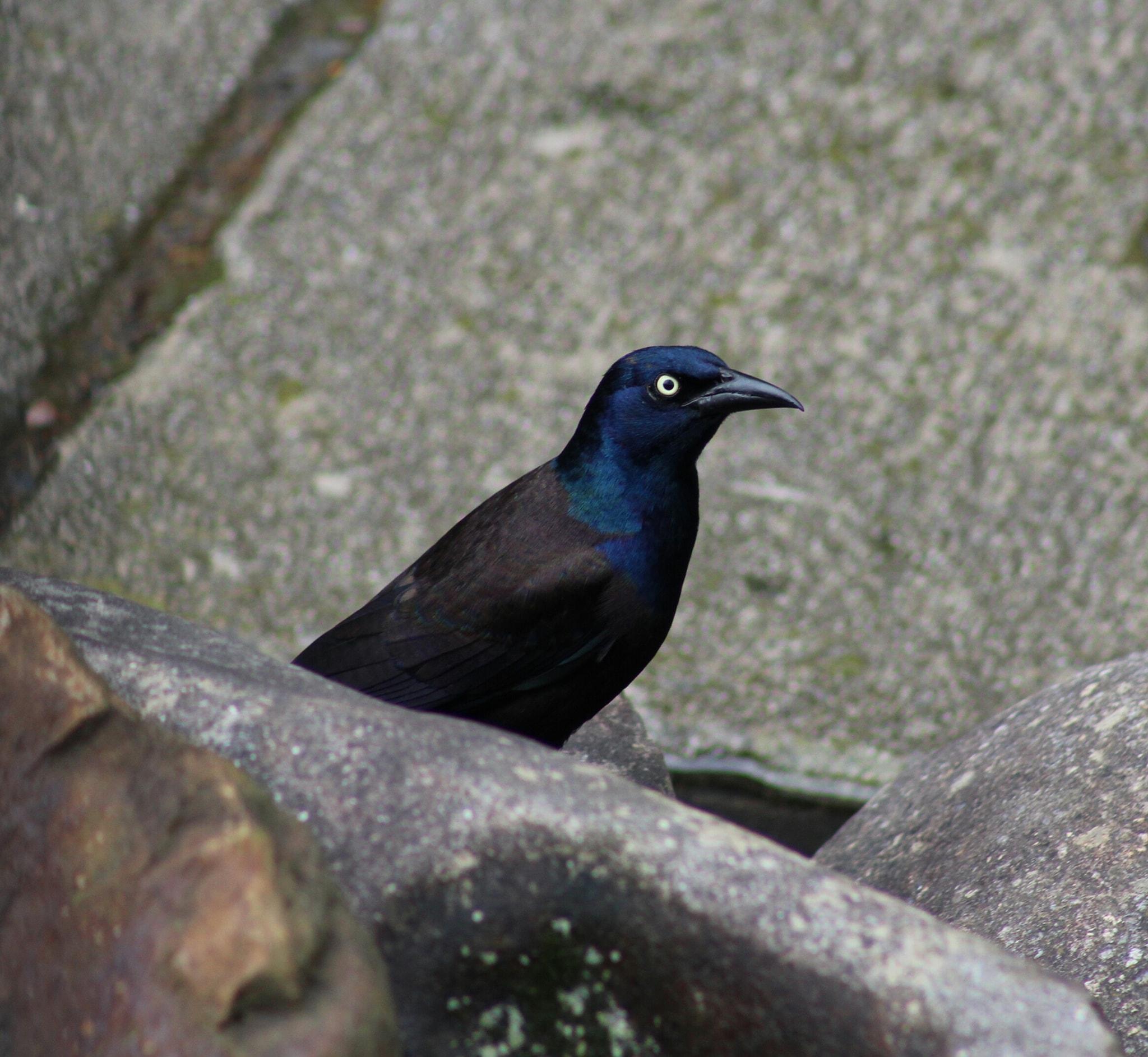
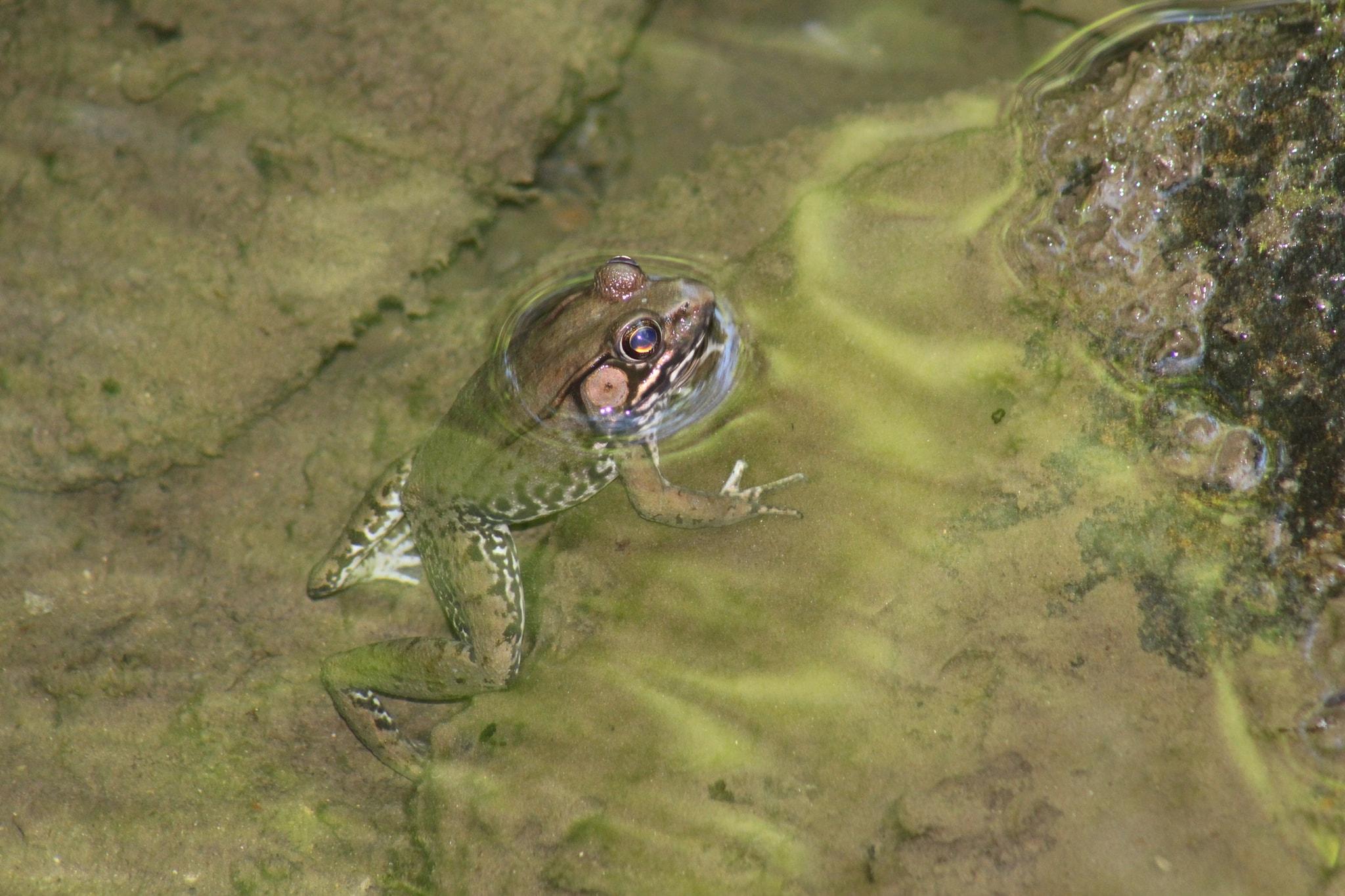
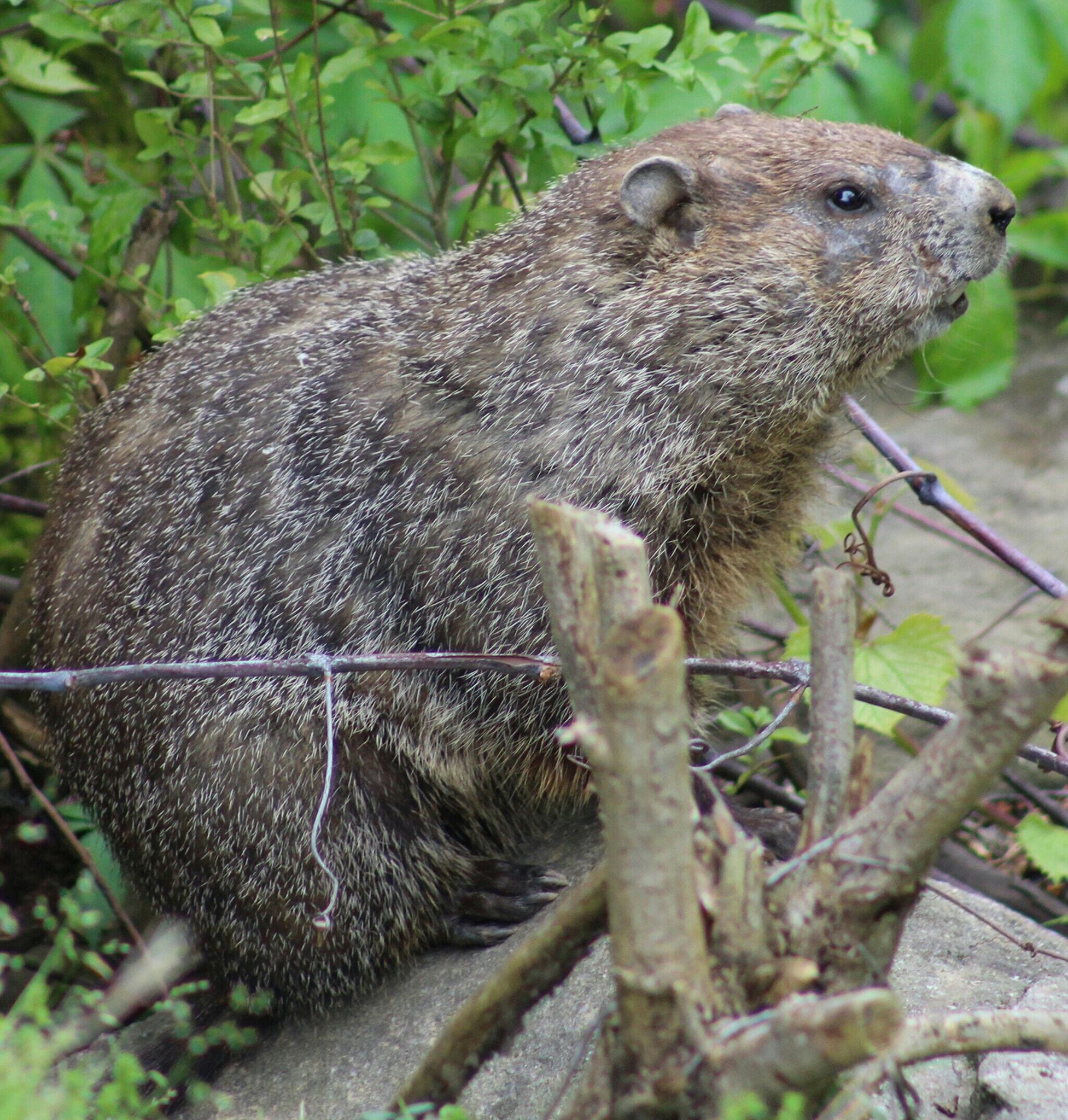



Recent Comments